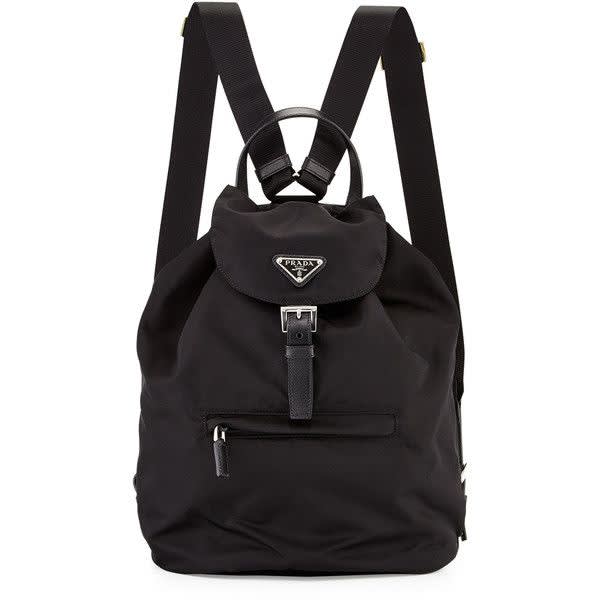Parallel Practices
Ornament and Crime
Aesthetic Similarities of the 1900s and 1990s
Architecture / Design / Fashion
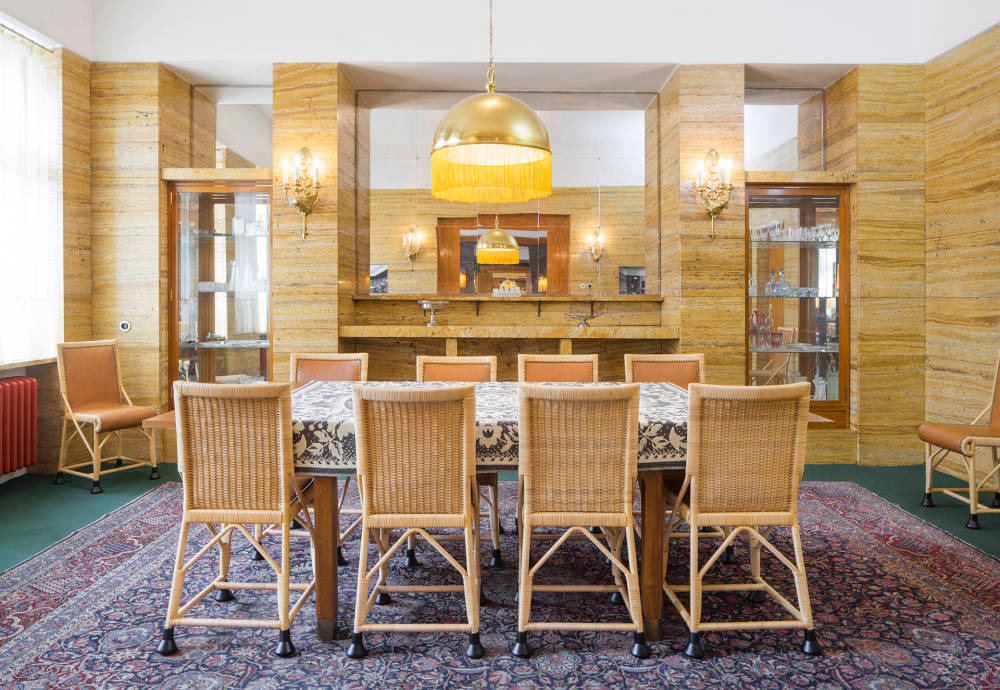
Adolf Loos
12 Klatovska Street, Pilsen
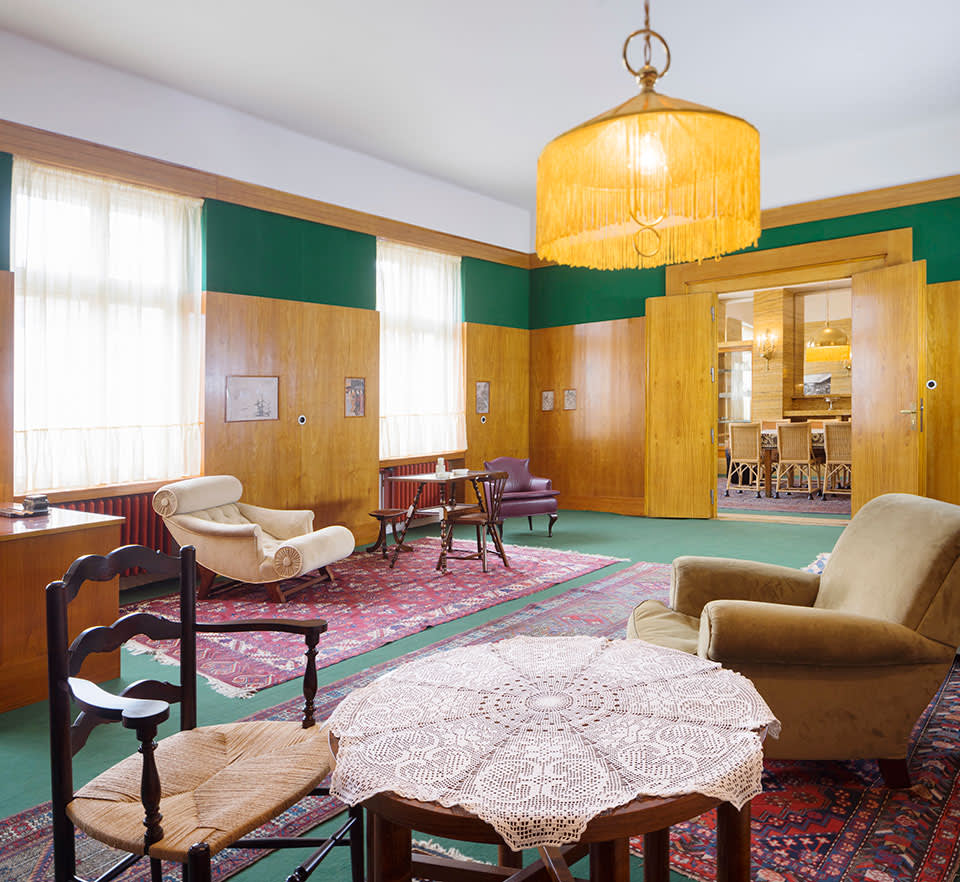
Adolf Loos
12 Klatovska Street, Pilsen

Adolf Loos
10 Bendova Street, Pilsen
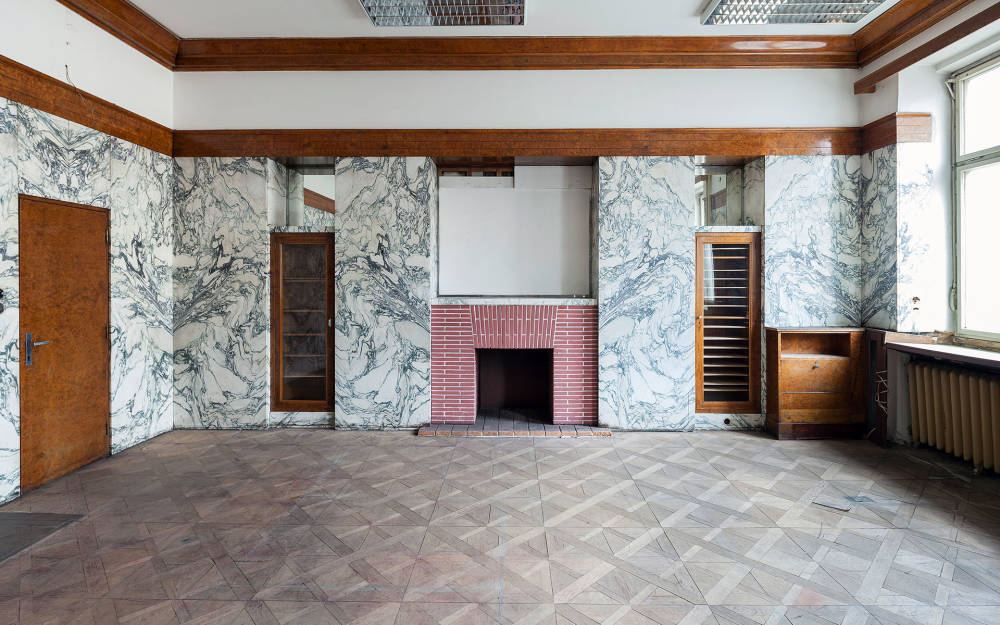
Adolf Loos
19 Klatovska Street, Pilsen
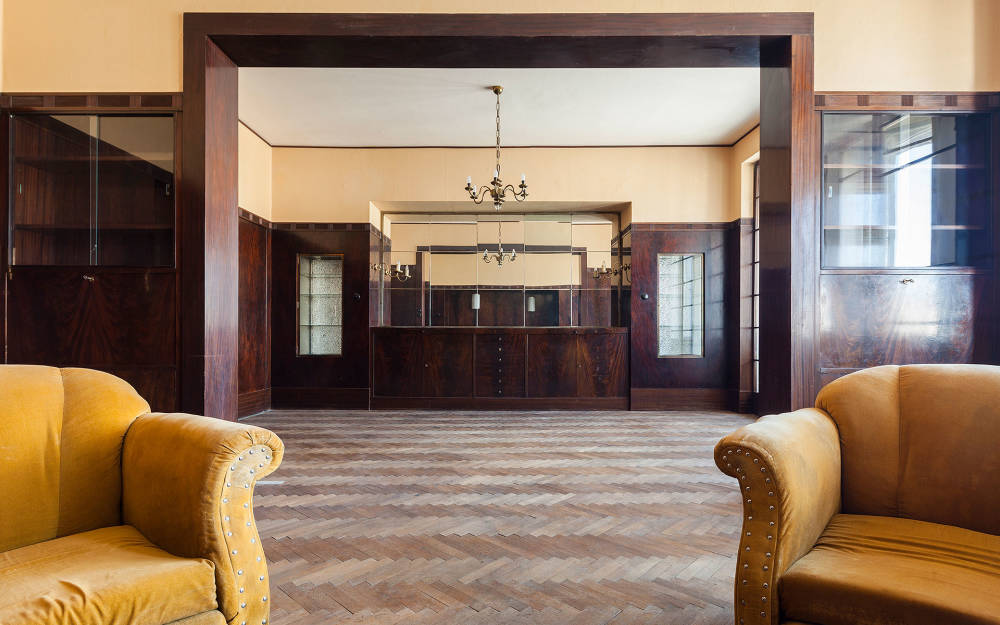
Adolf Loos
22 Republic Square, Pilsen
In 1908, celebrated Austrian architect Adolf Loos published a thought-provoking essay and lecture challenging accepted forms of nineteenth-century design. In his text ‘Ornament and Crime’, Loos criticizes all levels of ornamentation in the creative arts, crafting his argument in both an ethical and stylistic manner.
For years, mankind was a slave to ornamental design, reaping no economic or evolutionary benefits. To manufacture an ornamented object required more raw materials, more time and more manpower, with little to no reflection in price. Loos argues that post-Art Nouveau society has outgrown ornament and the evolution of culture is tied to the complete removal of all ornamentation from utilitarian objects. Through these unconventional beliefs, the Austrian architect helped formulate and define the ideologies of modernism.
The purity of Loos’ aesthetic developed in opposition to the opulence of pre-twentieth century design. The modern architect’s streamlined approach to his craft in rejection to prior centuries of adornment evokes an innate dialogue on technique and aesthetics with the equally unadorned fashions of the 1990s. Following the grandiose, over-embellished, brightly colored clothing of the 80s, fashion mavericks from Calvin Klein and Helmut Lang, to Miuccia Prada provided a refreshingly bare aesthetic, promising complete anonymity, and craft in small details.
Helmut Lang
Fall/Winter 1994
Helmut Lang
Fall/Winter 1996
Helmut Lang
Spring/Summer 1997
Helmut Lang
Fall/Winter 1997
Like Loos, all three designers expressed beauty through structural elements, favoring precision in construction over any and all forms of ornamentation. Helmut Lang often worked synthetic fabrics, such as lamination and plastic coating, into his otherwise simple designs, underlying transparent materials with vibrant bandeau tops to add touches of color. In minimal details such as carefully controlled slits, cuts and visible seams, Lang added complexity to otherwise delicate fabric without the addition of exaggerated ornamental details.
Calvin Klein
Spring/Summer 1994
Calvin Klein
Fall/Winter 1995
Calvin Klein
Fall/Winter 1996
Calvin Klein
Spring/Summer 1997
Calvin Klein took a uniformly restrained approach to fashion design in the 1990s, creating modern garments aimed at subtly enhancing the body. Klein’s simplified sensibility focused less on traditional forms of ornamentation and more on strict lines and the division of a garment. His demure, often monochromatic runway looks ranged in spirit from slinky slip dresses and sheer skirts, to perfectly tailored suits and overcoats. Klein helped define a new landscape of taste, one that focused fundamentally on sophistication and simplicity of form.
Prada
Spring/Summer 1992
Prada
Fall/Winter 1994
Prada
Spring/Summer 1996
Prada
Spring/Summer 1997
Miuccia Prada built her namesake brand with a mentality focused on clarity of design and couture-like construction. Shortly after Prada launched her ready-to-wear business in 1989, the brand quickly became synonymous with clean lines, muted colors, simple patterns and dropped waistlines. Apart from apparel, the introduction of Prada’s now trademark nylon rucksack, featuring exterior pockets and no lining, was the anti-status token of the 90s. The design, having been produced industrially and stripped entirely of ornamental details, symbolized a cultural shift towards paired down, urban mobility, fitting impeccably in the ethos of Adolf Loos’ aesthetic argument. The unadorned simplicity of early Prada, Calvin Klein and Helmut Lang designs capture the zeitgeist of modern, minimalist fashion that defined the 1990s.
